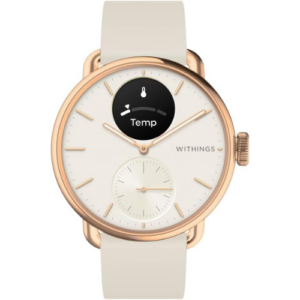The Withings ScanWatch 2 is a hybrid smartwatch that’s more watch than smart, but that’s okay.
Withings ScanWatch 2 hybrid smartwatch review
The best smartwatches are a great way to stay connected in unique ways. But if you’re part of the growing movement of people who prefer a minimalist approach to smartphones and wearables, the Withings ScanWatch 2 is a solid compromise. At first glance, it’s an analog wristwatch with an attractive classic design. But look a little longer and you’ll see a hybrid smartwatch with some interesting versatility.
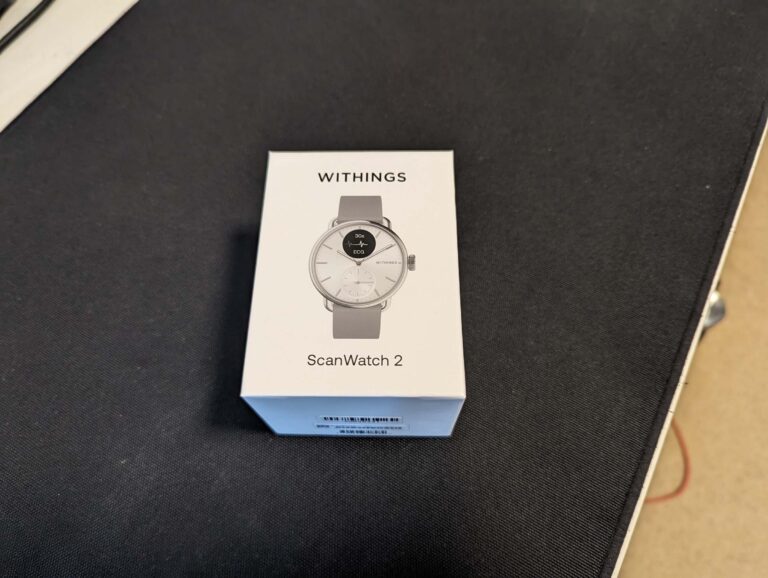
How much does Withings ScanWatch 2 cost in Australia?
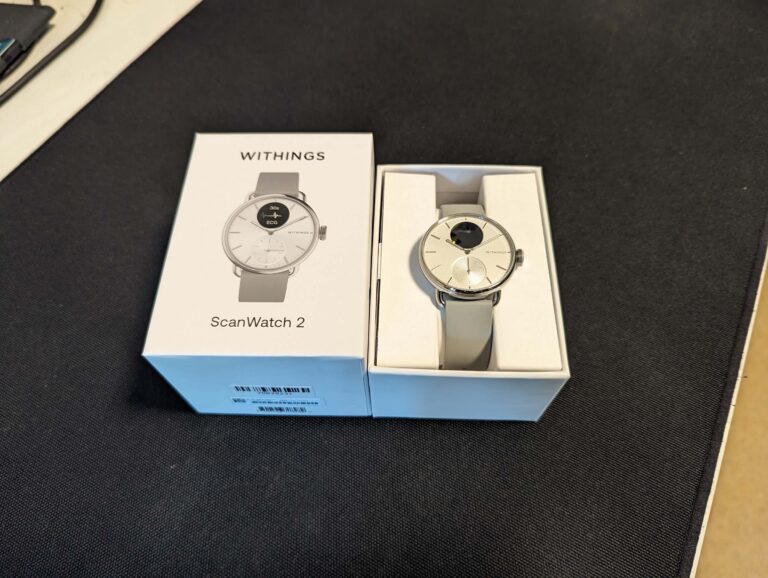
If you’re an Apple fan, you may be used to paying $1,000+—the price of a solid smartphone—to own a top-of-the-line Apple Watch. The Withings ScanWatch 2 hangs around the $500+ mark, which is where you’ll also find the Samsung Galaxy Watch5, Apple Watch SE and Garmin VivoActive 5. Those latter three examples are, admittedly, full-fledged smartwatches, which is why the Withings ScanWatch 2 occupies an interesting market position for those who want more subtle smarts from their wearable.
Withings ScanWatch 2 design and comfort
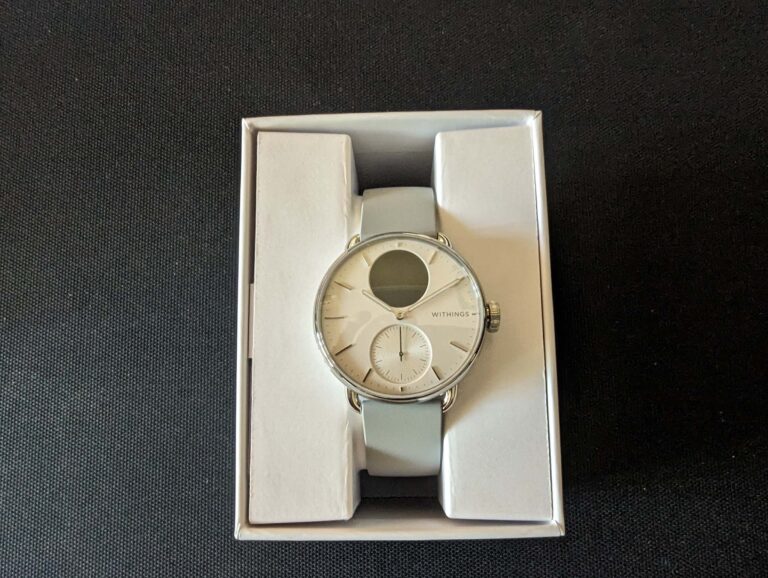
The Withings ScanWatch 2 is available in 38mm or 44mm configurations, and I was sent the slimmer size. Despite having what my friend calls “Popeye forearms”, the ScanWatch 2 was still a snug but comfortable fit, admittedly not as high up on the wrist as the companion software dictates. Regardless, I had zero issues with comfort for all-day use, including during exercise.
In terms of design, the ScanWatch 2 is a beauty. The stainless-steel case and sapphire glass offer a premium look and feel. Minimalism starts with the watch face: a two-hand analog design with larger markers for every five minutes and smaller ones between. There’s a 10,000-step tracker dial on the bottom of the watch face and a similarly sized grayscale OLED screen at the top, the latter of which is controlled by a side-mounted dial.
Withings ScanWatch 2 everyday use
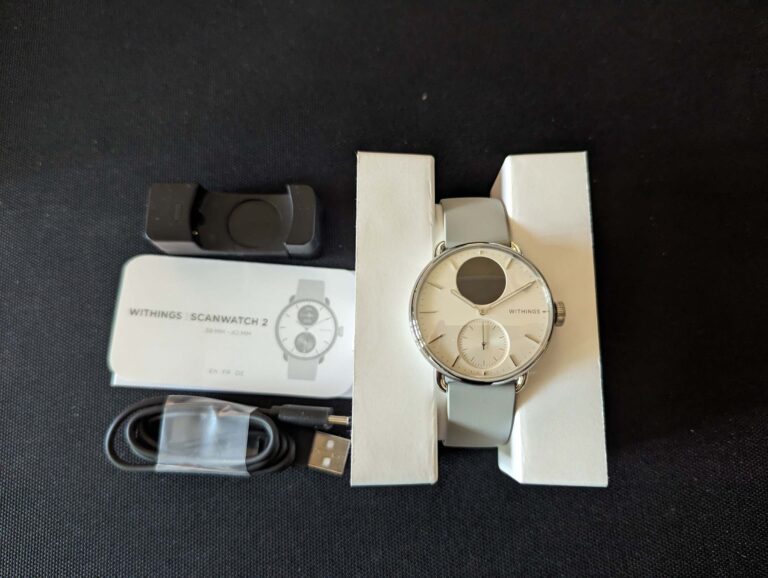
Setup is a straightforward process made even simpler thanks to a QR code on the box that leads to guided installation. Download the Withings companion app for Android or iOS, sign up for an account and then follow the prompts. I figured I’d have to use the side dial to change the time but was pleasantly surprised to see the hours and minutes hands snap to the correct time during setup.
If you happen to need the grayscale OLED screen at a time when the hands would otherwise cover the display, a tap of the dial temporarily shifts the screen obscurers. You’ll also want to tap that button in low light to see the time, which is a shame that the hands aren’t visible in low light. The converse is true of the screen, which is trickier to see in bright lights. It’s also frustrating to deal with longer notification messages, as the smaller display struggles with anything longer than a few characters before it scrolls.
There’s no inbuilt GPS, which means you’ll want to have a smartphone in your pocket if you’re a walker like me. I regularly do the same 8.5km-ish route that’s around 10,000 steps and had varying results between my same-walk step testers. The ScanWatch 2 recorded under 10,000 steps over 8.7km, even though the pedometer dial didn’t hit 10K until I was gesticulating an hour after my walk; I know because there was a lot of vibrating to notify me of my milestone. Conversely, my Samsung Galaxy Watch 4 recorded pretty much bang-on 10,000 steps over an apparent 7.79km for the same walk, while Google Fit connected to my Google Pixel 7 Pro said 10,344 steps over 8.53km.
Other health-tracking features like heart rate and ECG felt more accurate in comparison to other devices I had on hand. The Withings app is well designed and easy to navigate, storing relevant measurements and cheerfully motivational notifications for distances and heights travelled. It’s just a shame that notifications on the ScanWatch 2 felt inconsistent across apps, even after the initial setup guided me through granting the relevant Android permissions. More frustrating is the Withings+ subscription required to access additional features, which either costs $17.99 per month or $154.99 for an annual upfront subscription.
Withings ScanWatch 2 battery life
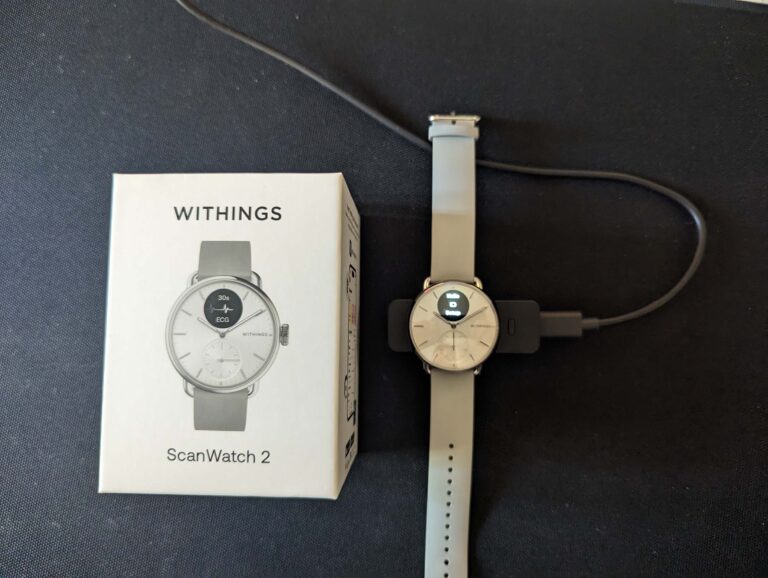
The most disappointing part of the Withings ScanWatch 2’s battery experience is the lack of a wall charger. Admittedly, that’s a common trend even among smartphone manufacturers these days. There is an included USB-C to USB-A cable and an easy-to-use cradle inside the box. After you’re fully charged (in roughly two hours if the watch is on empty), don’t expect to need cable or cradle for a long while.
Put simply, the ScanWatch 2’s battery life puts everything else to shame. My original Samsung Galaxy Watch was good for a few days. My current Galaxy Watch 4 is maybe good for two. I’ve had the ScanWatch 2 off charge for 44 days and it’s still got 16% battery life remaining. While I haven’t used it every day, I did use it most days for a month, and I’m blown away at the longevity.
It does make me wonder, though, how much more juice would’ve been used if I was receiving more consistent notifications. Admittedly, reading anything other than the shortest of notifications on the small scrolling display was annoying, so it was more of a reminder to just look at my phone. Gripes aside, there’s no denying that the 30-day battery life claims from Withings feel conservative.
Is the Withings ScanWatch 2 smartwatch worth buying?
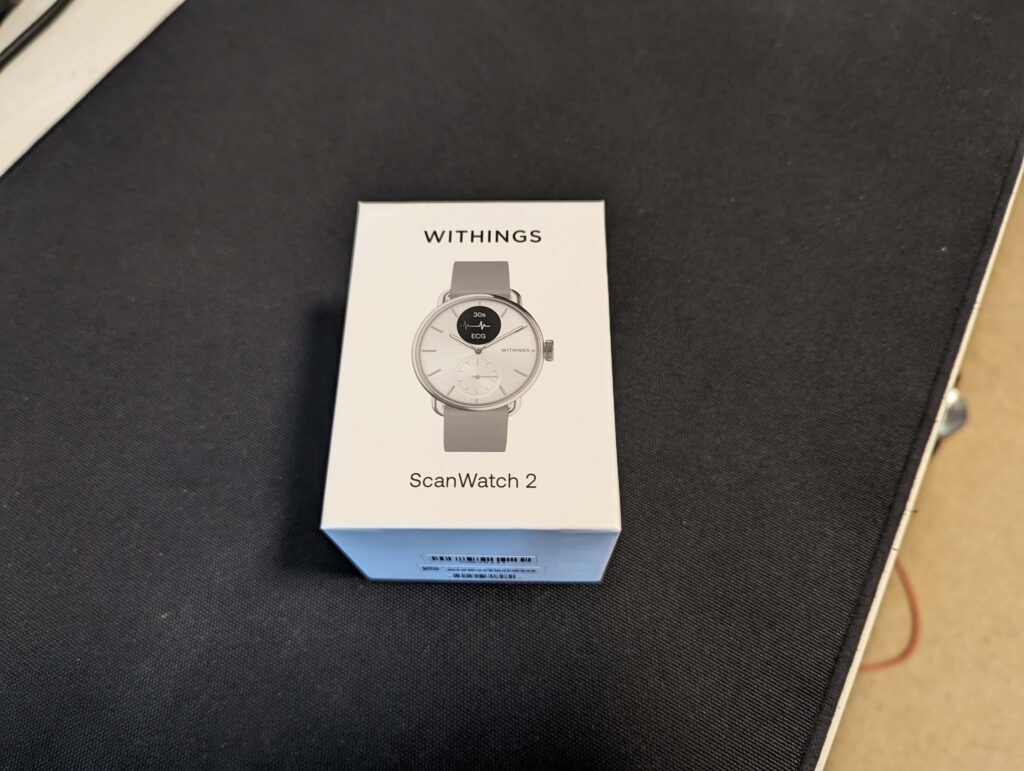
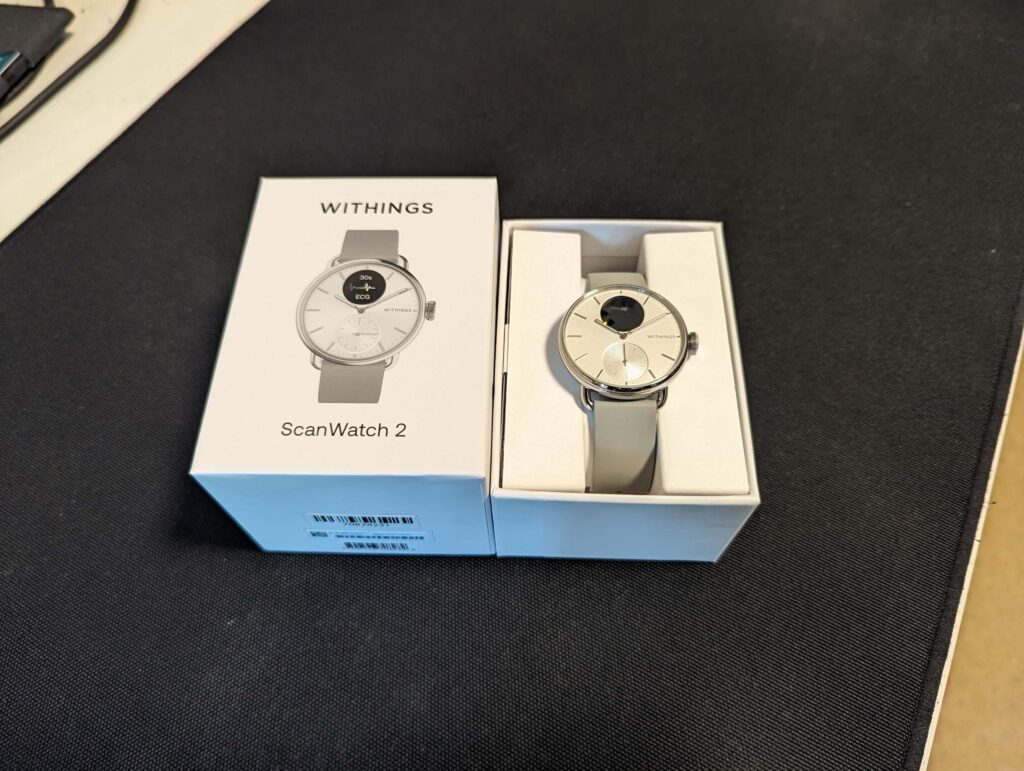
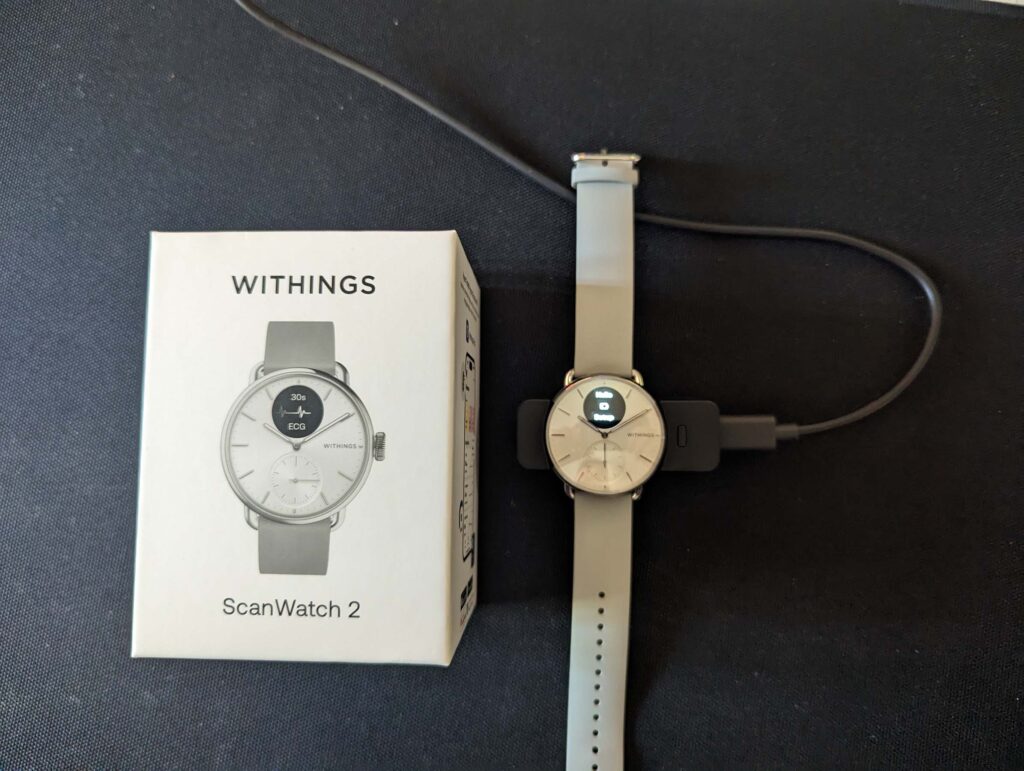
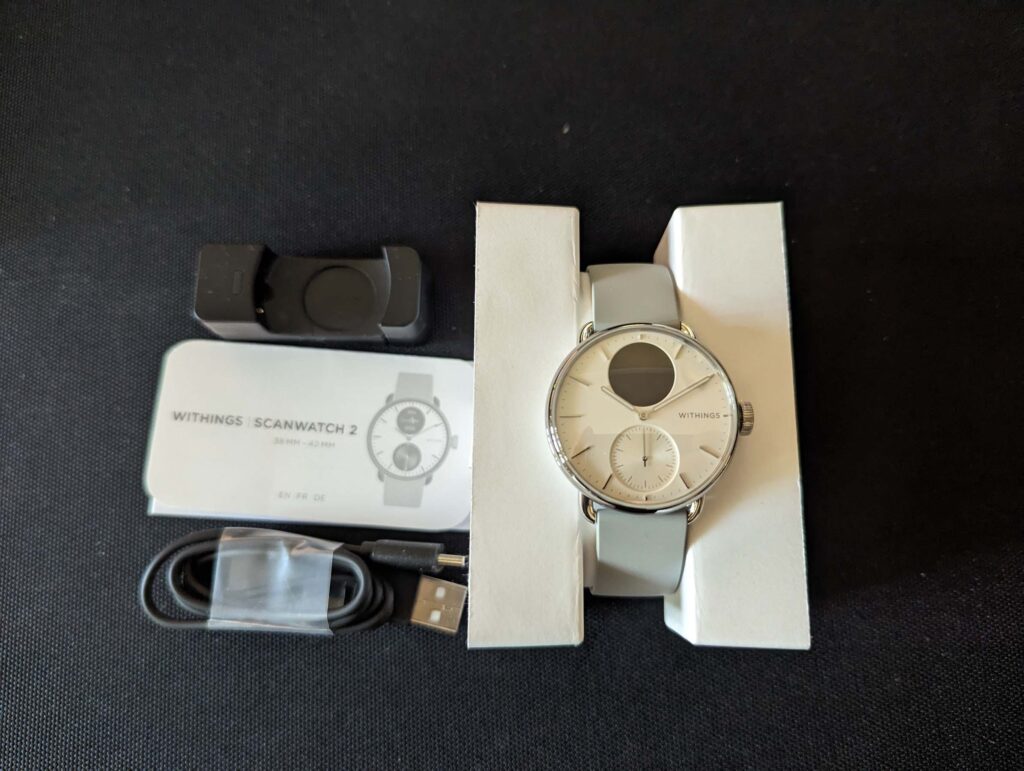
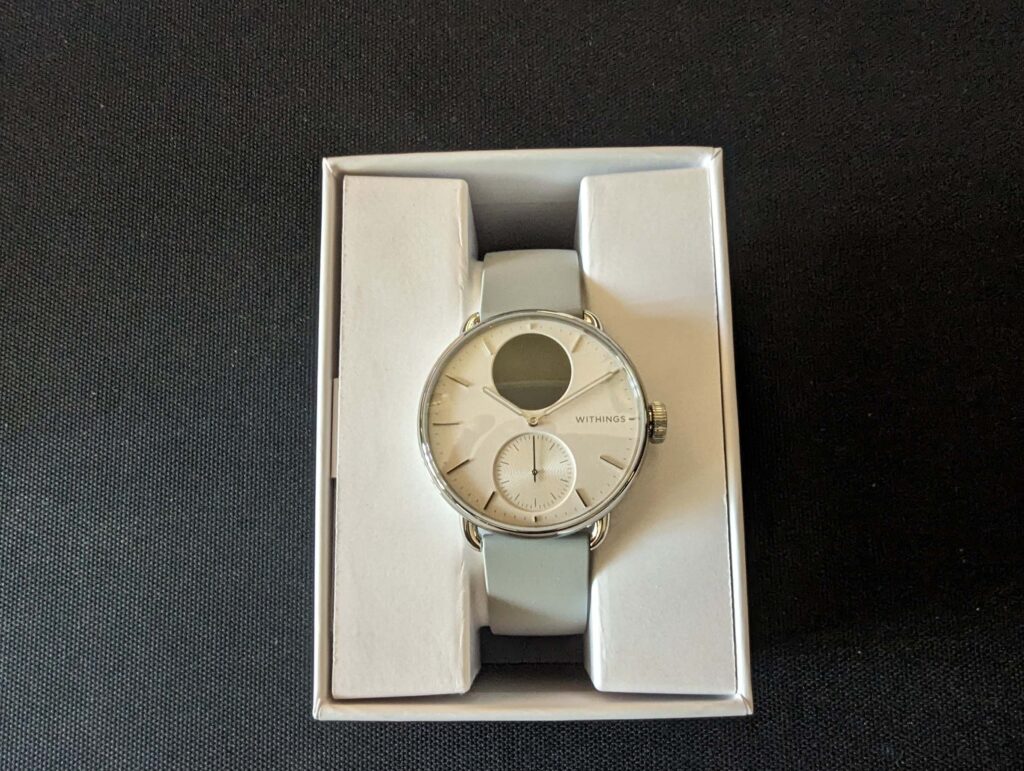
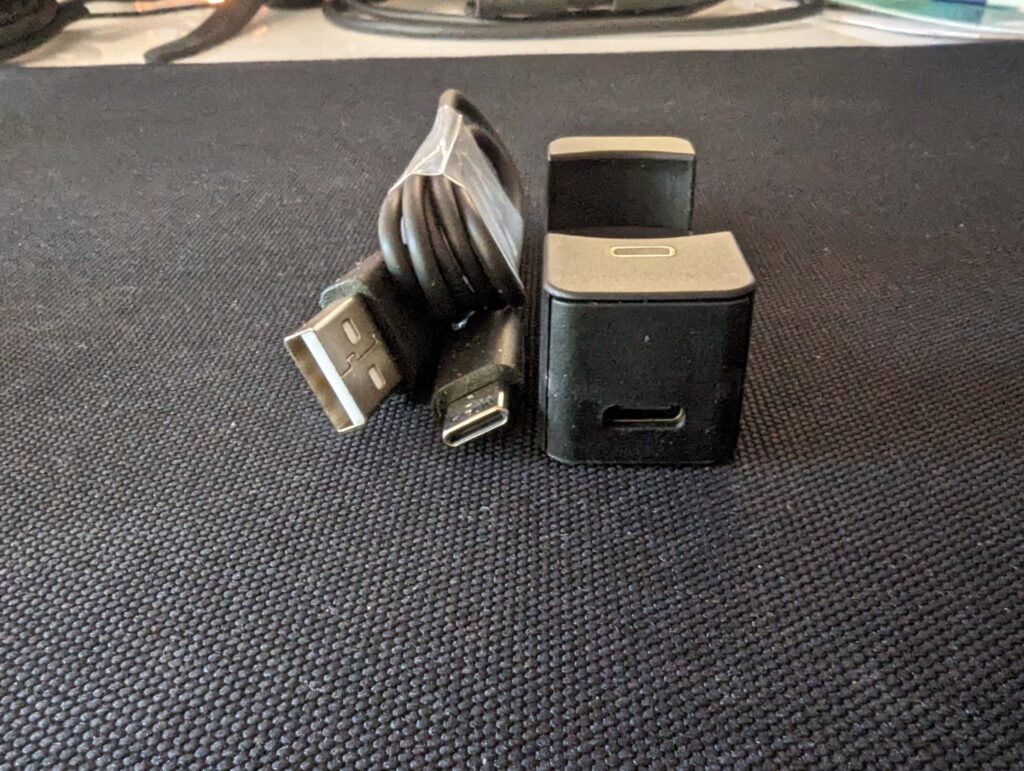
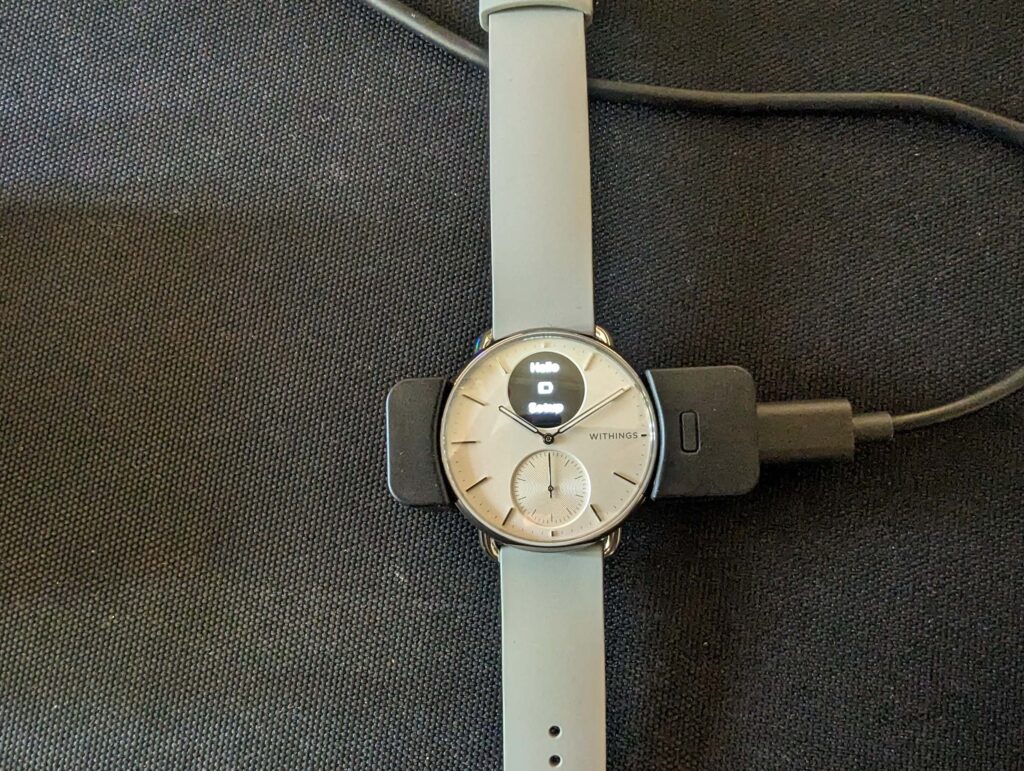
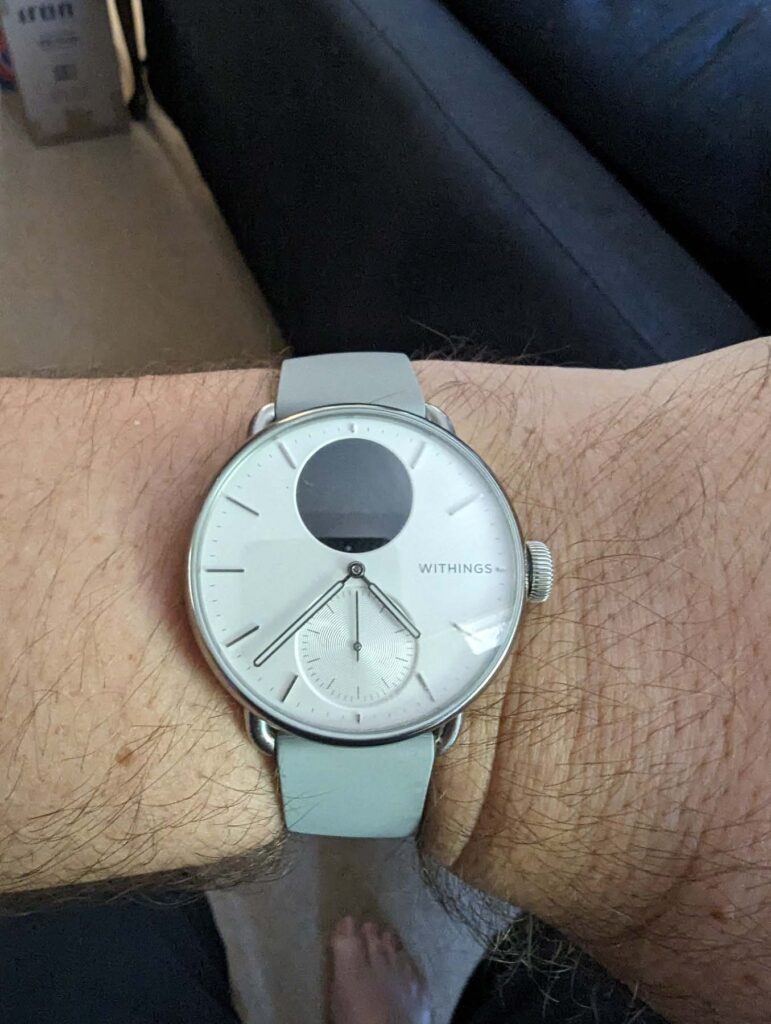
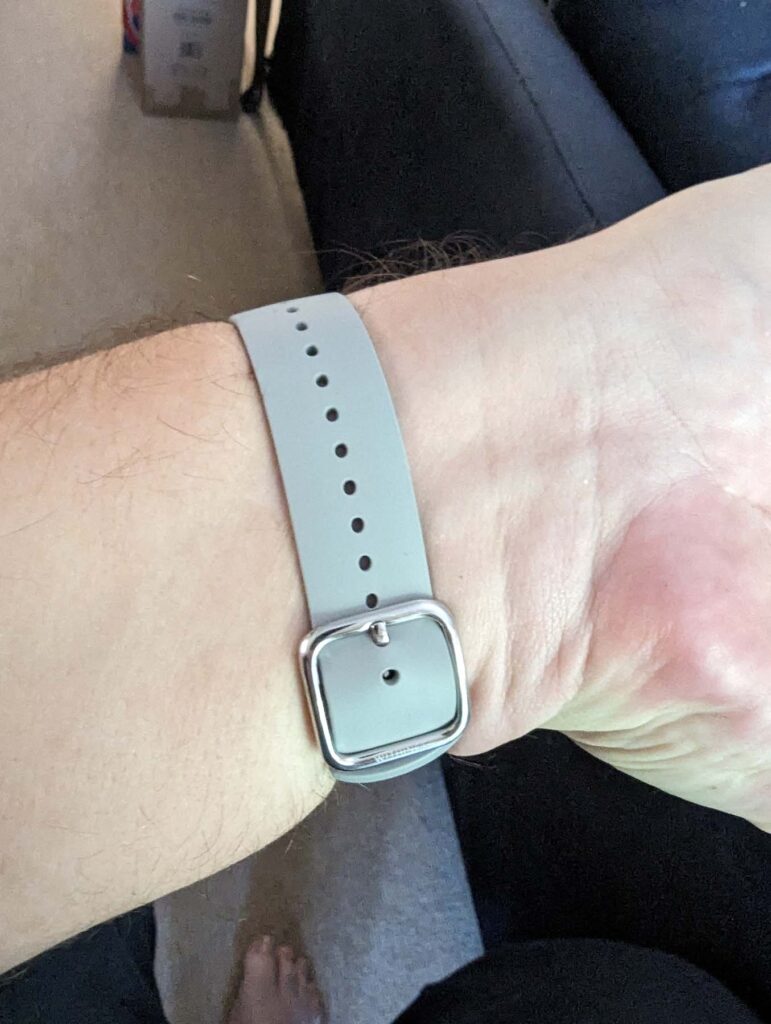
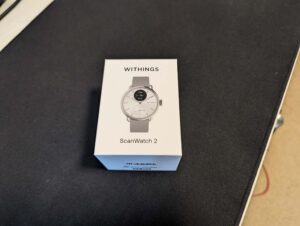
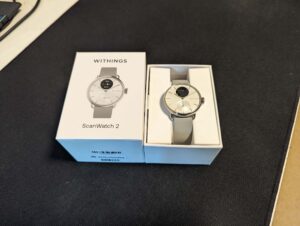
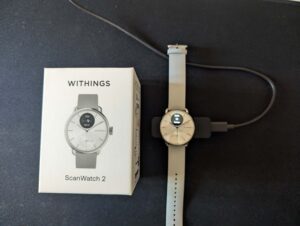
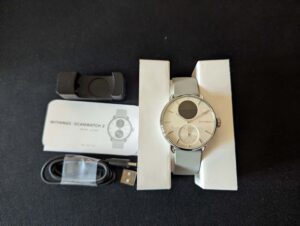
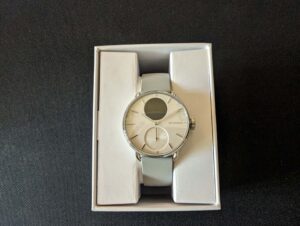
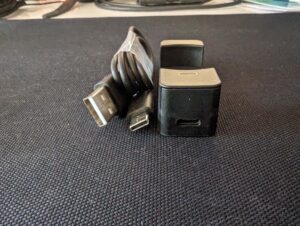
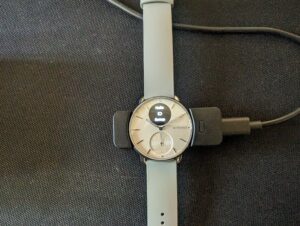
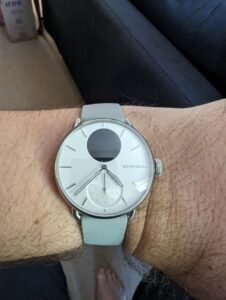
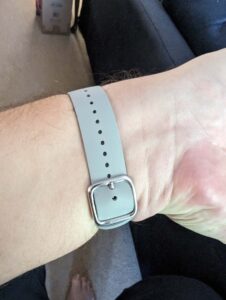
The Withings ScanWatch 2 occupies an interesting space in the market: part classic timepiece, part smartwatch. If you’re used to the full-screen perks of a usual smartwatch, the ScanWatch 2 likely isn’t for you. But if you want an analog watch with some easy-to-access smarts and incredible battery life, the ScanWatch 2 is a great place to start comparisons for a hybrid timepiece that suits the minimalist connectivity trend.
How we review smartwatches
Our smartwatch reviews start with the unboxing: what’s included in the box and what’s not (like wall chargers). We then walk through the initial configuration process like any new user would, taking note of any hiccups or highlights during setup.
The next step is to put the smartwatch through its paces. We start by looking at the price relative to competitors, and we keep an eye out for unique features, like blood pressure monitoring. The smartwatch then becomes our go-to watch during the review period. We take note of comfort, accuracy of measurements, frequency (and intensity) of notifications as well as any other relevant features.
Battery life is particularly important, with a couple of days being the standard. Any smartwatch with longevity beyond this is rewarded accordingly.
Withings ScanWatch 2 frequently asked questions
Related Articles





